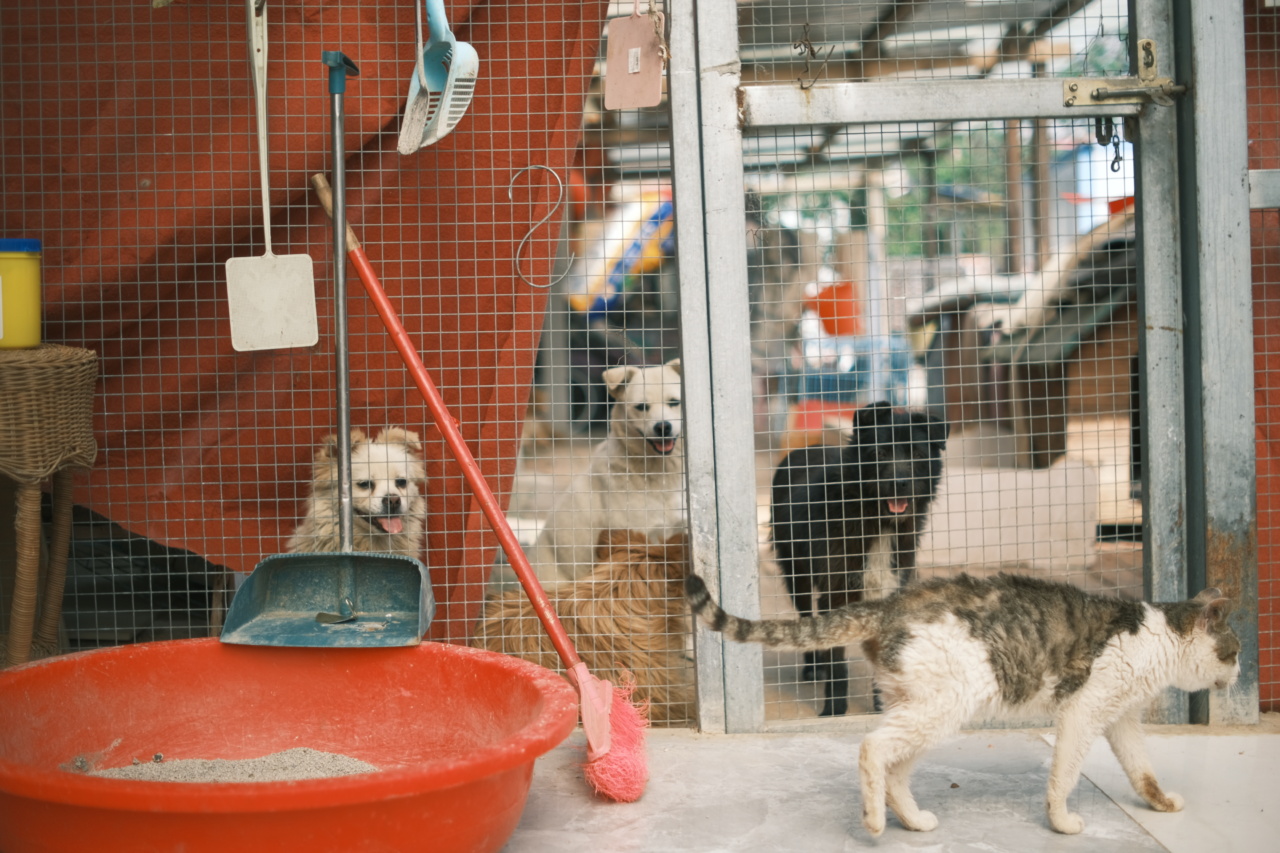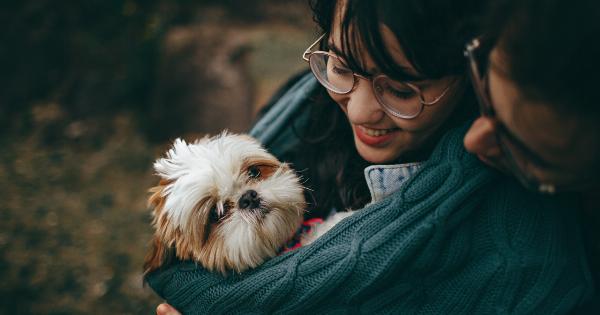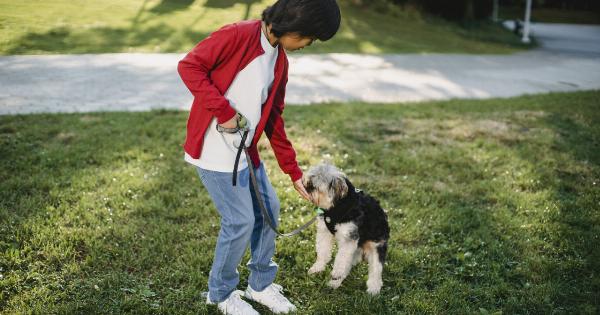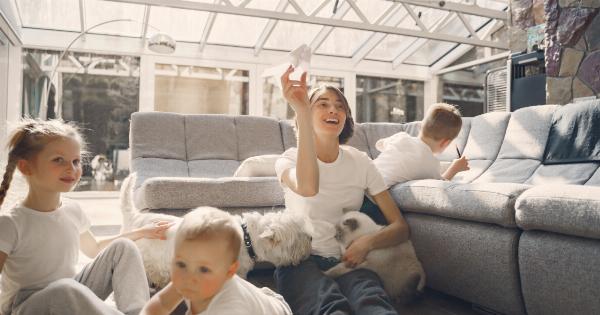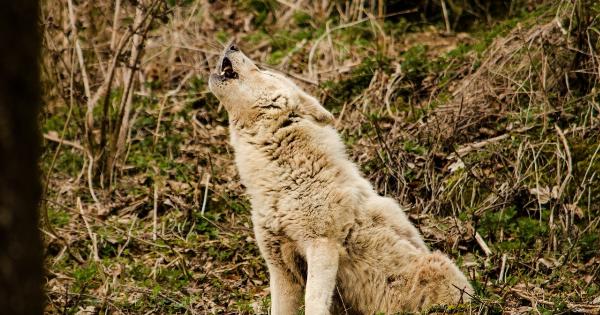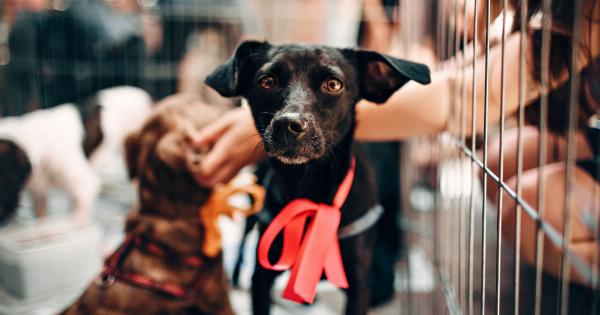When it comes to socializing with other dogs, establishing dominance is an important part of dog communication. Greeting rituals are one of the ways that dogs communicate dominance and submission to each other.
These rituals are important in dogs because they establish social hierarchy, which helps reduce conflict and promote social cohesion. In this article, we will discuss how dogs establish dominance through greeting.
: Different Types of Greetings
When dogs meet each other, they engage in different types of greetings. The type of greeting that dogs use depends on the social context of the interaction. Some of the most common types of greetings include:.
- Sniffing the rear end
- Face-to-face sniffing
- Body sniffing
- Bowing
- Play bowing
- Jumping up
Each type of greeting has its own meaning and function. For example, sniffing the rear end is a way for dogs to gather information about each other’s identity and health. Bowing is a way for dogs to indicate that they want to play.
: Sniffing the Rear End
Sniffing the rear end is one of the most common types of greetings among dogs. When a dog sniffs another dog’s rear end, they are gathering information about the other dog’s identity and health.
The anal glands of a dog contain a unique scent that can help other dogs identify them. By sniffing the rear end of another dog, a dog can learn about the other dog’s gender, age, and health status. However, sniffing the rear end is also a way for dogs to establish dominance.
When a dominant dog greets a submissive dog, they may sniff the submissive dog’s rear end for an extended period of time. This is a way for the dominant dog to assert their dominance over the submissive dog.
The submissive dog will typically lower their body and tail during this interaction to show their submission.
: Face-to-Face Sniffing
Face-to-face sniffing is another common type of greeting among dogs. When dogs meet each other, they will often sniff each other’s faces to gather information about each other.
This type of greeting can also be used to establish dominance and submission.
When a dominant dog greets a submissive dog, they may head straight for the submissive dog’s face and hold it there, or they may sniff and lick the submissive dog’s face. This indicates that the dominant dog is in charge of the interaction.
The submissive dog will typically avoid eye contact during this interaction to show their submission.
: Body Sniffing
In addition to sniffing the rear end and face, dogs will also sniff each other’s bodies. Body sniffing is a way for dogs to gather more information about each other.
When dogs sniff each other’s bodies, they can learn about each other’s health, emotional state, and sex.
When a dominant dog greets a submissive dog, they may sniff and lick the submissive dog’s body to assert their dominance. This is usually done in a sweeping motion from head to tail.
The submissive dog will typically stand still and allow the dominant dog to sniff and lick them.
: Bowing
Bowing is a way for dogs to indicate that they want to play. When a dog bows, they lower the front part of their body while keeping their hindquarters in the air. They may also wag their tail and make playful noises.
Bowing is not typically used to establish dominance or submission, although a dominant dog may use bowing as a way to initiate play with a submissive dog.
If a submissive dog wants to play with a dominant dog, they may initiate play by bowing and wagging their tail.
: Play Bowing
Play bowing is similar to regular bowing, but it is specifically used to initiate play. When a dog play bows, they will lower the front part of their body and wag their tail.
They may also make playful noises or even bark to get the other dog’s attention.
If another dog responds to the play bow, they will typically lower their body in a similar way and start playing with the other dog. Play bowing is usually done in a context of play and is not intended to establish dominance or submission.
: Jumping up
Jumping up is a way for dogs to get closer to each other. When a dog jumps up, they will typically place their front paws on the other dog’s chest or shoulders. This allows them to get a better look and smell of the other dog.
Jumping up is not usually used to establish dominance or submission, although a dominant dog may use it to assert their dominance over a submissive dog. Jumping up is also a common way for dogs to greet their owners.
: Conclusion
Greeting rituals are an important part of dog communication and are used to establish dominance and submission.
By sniffing each other’s rear ends, faces, and bodies, dogs can gather information about each other’s identity, health, and emotional state. Bowing and play bowing are ways for dogs to indicate that they want to play, while jumping up is a way for dogs to get closer to each other.
Understanding these different types of greetings can help dog owners better understand their dogs’ behavior when they socialize with other dogs.
